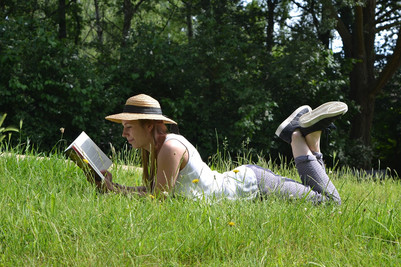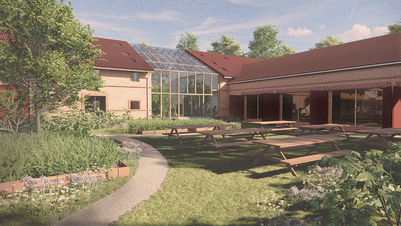
Article Abstract | Max Pedersen

Neighborship as a social resource
Senior housing environments are gaining in popularity in Denmark. There are several reasons for this, but the most important probably is that many people - including professionals, politicians, and so-called ordinary citizens – view neighborship (naboskab) in senior environments as an important social resource with the potentiality to ease many of the challenges of old age. Despite the widespread acknowledgement of neighborship as a social resource in later life only few Danish studies have dealt empirically with the subject. The aim of this article is to explore how the residents in so called “collective housing for seniors” (kollektivhuse for seniorer) benefit from being part of an age homogenous resident group.
The article will explore how neighbourly behaviour is enacted in three different forms or spheres. The first focuses on the random social interaction that takes place when neighbours coincidently meet in the common areas of their property. The second form deals with the organized gatherings that take place when neighbours participate in social activities in the common areas of their facility. And the third form of interaction deals with the personal relations that neighbours may develop.
The article concludes that neighborship in collective housing constitutes an omni-functional social resource that is likely to have a positive effect at several levels of the residents' everyday lives such as increasing their opportunities of forming social networks within their living environment. The article also concludes that the residents do not benefit equally from the neighborship of their facility.















